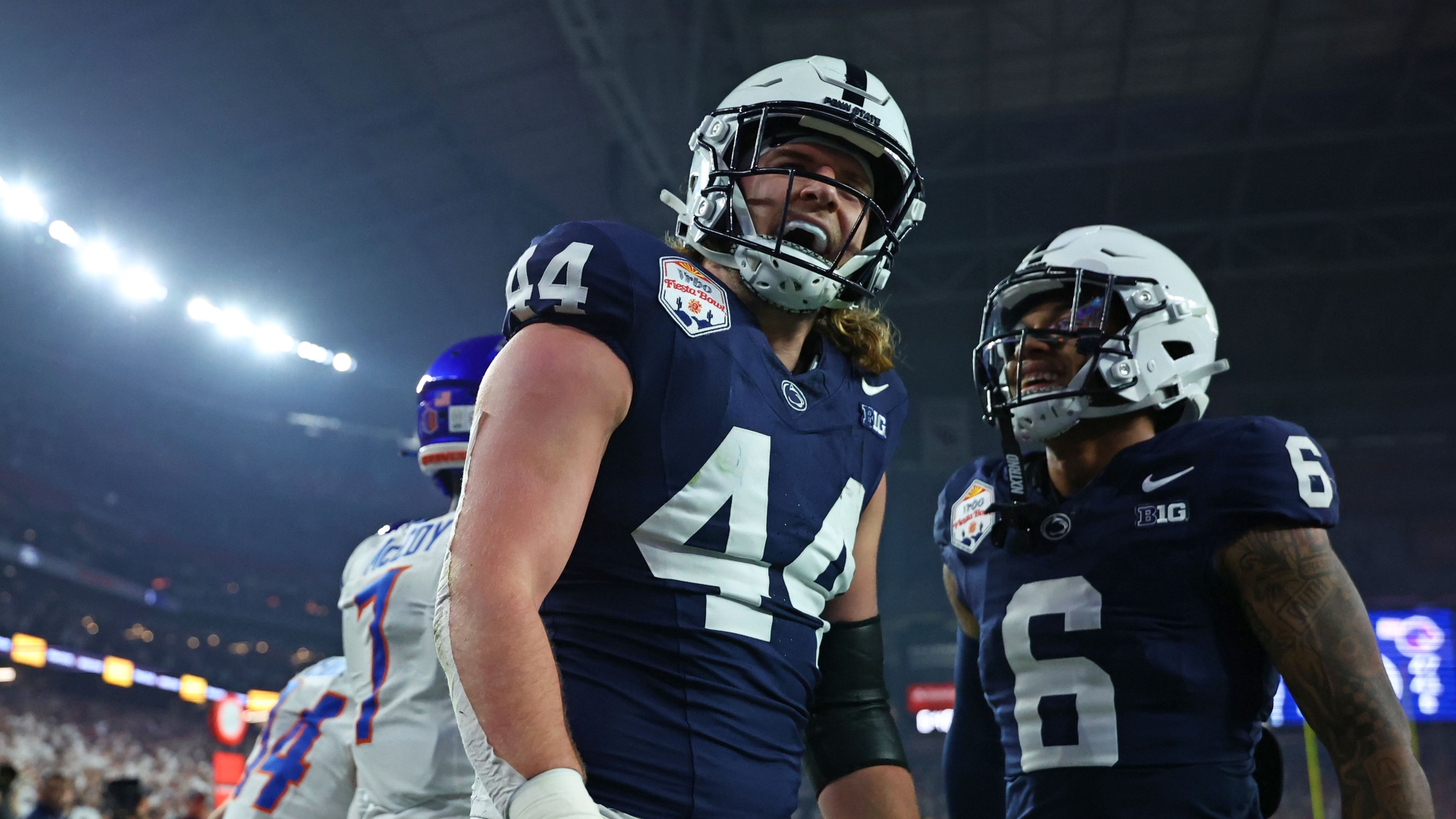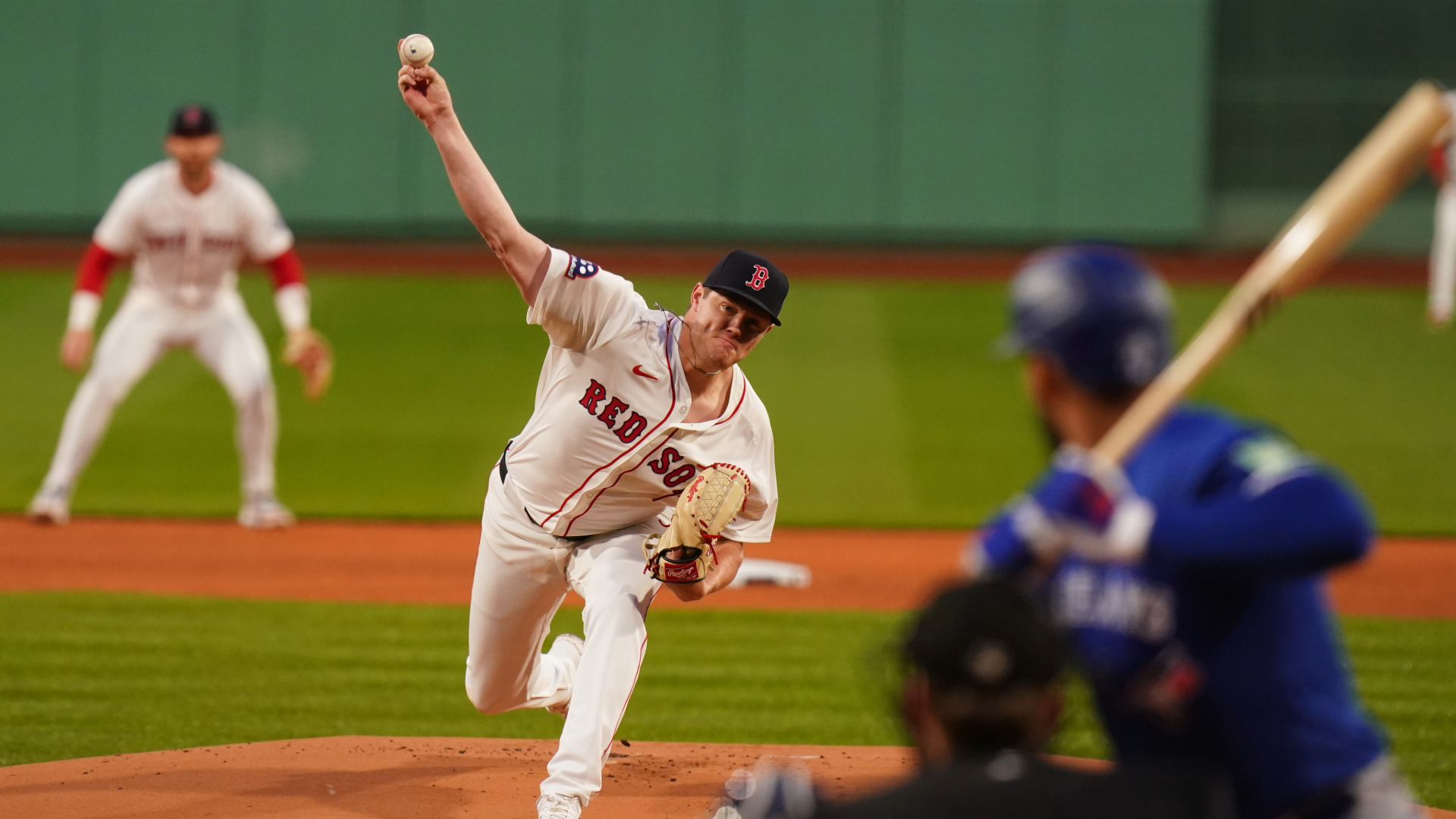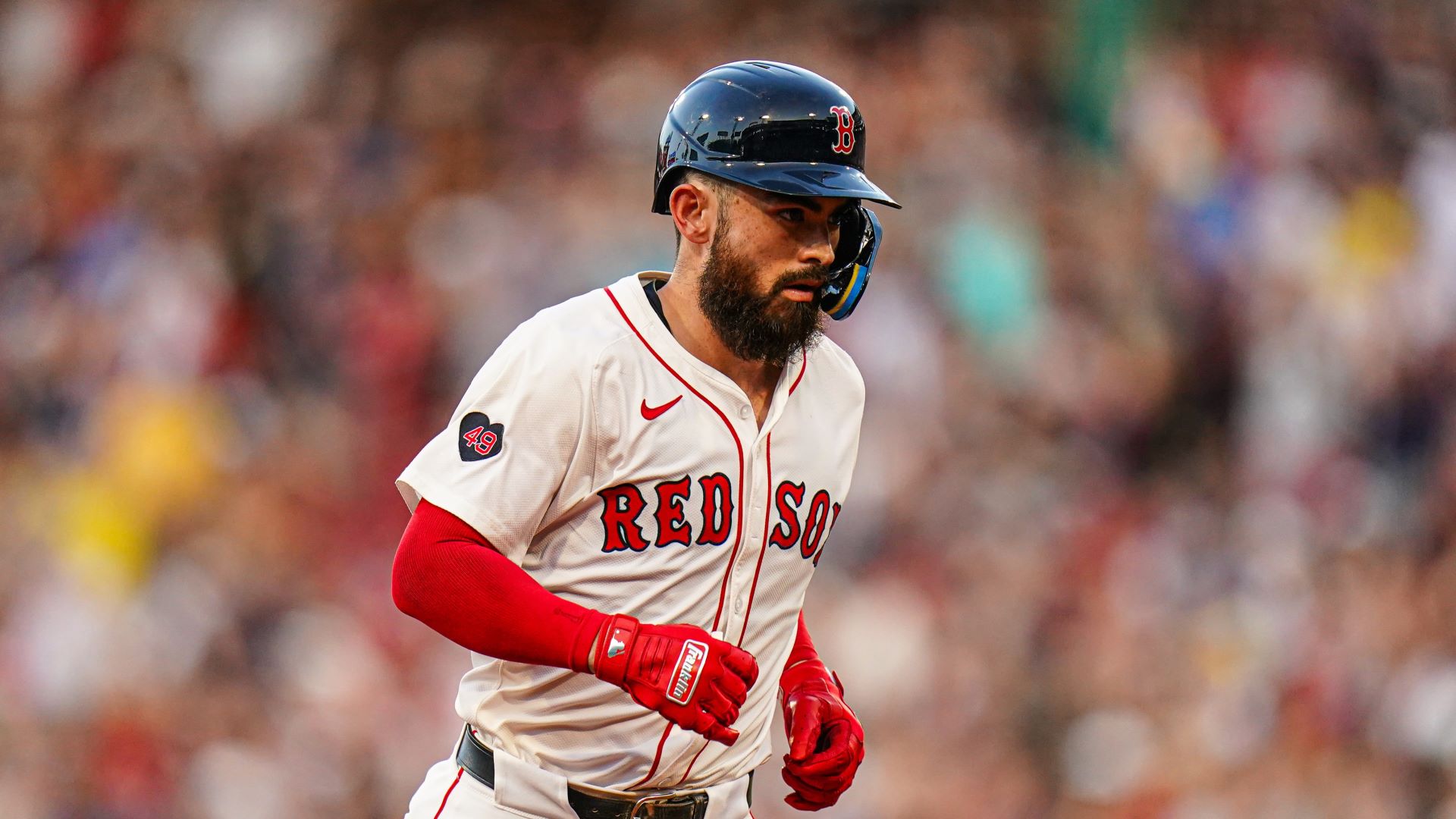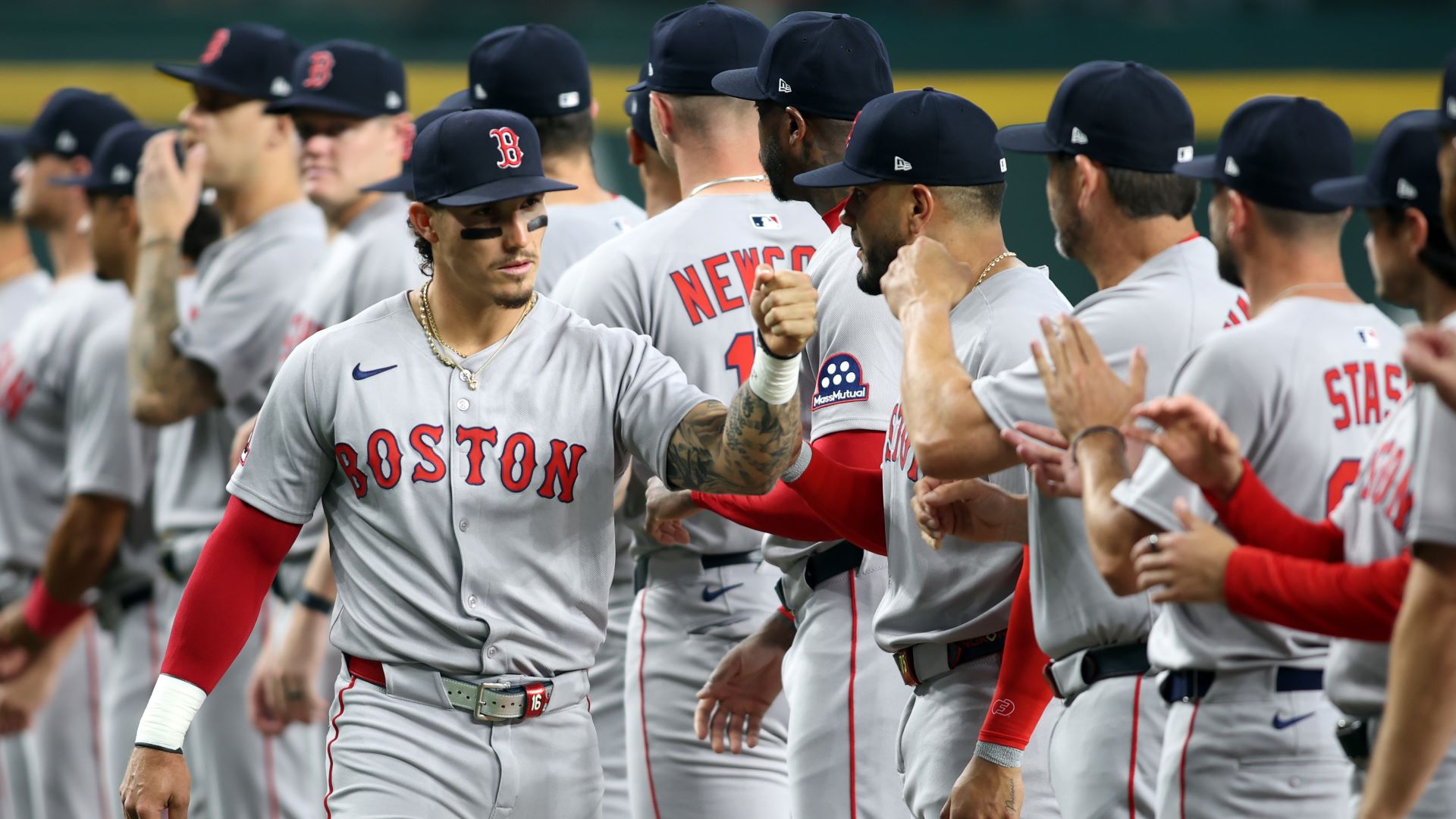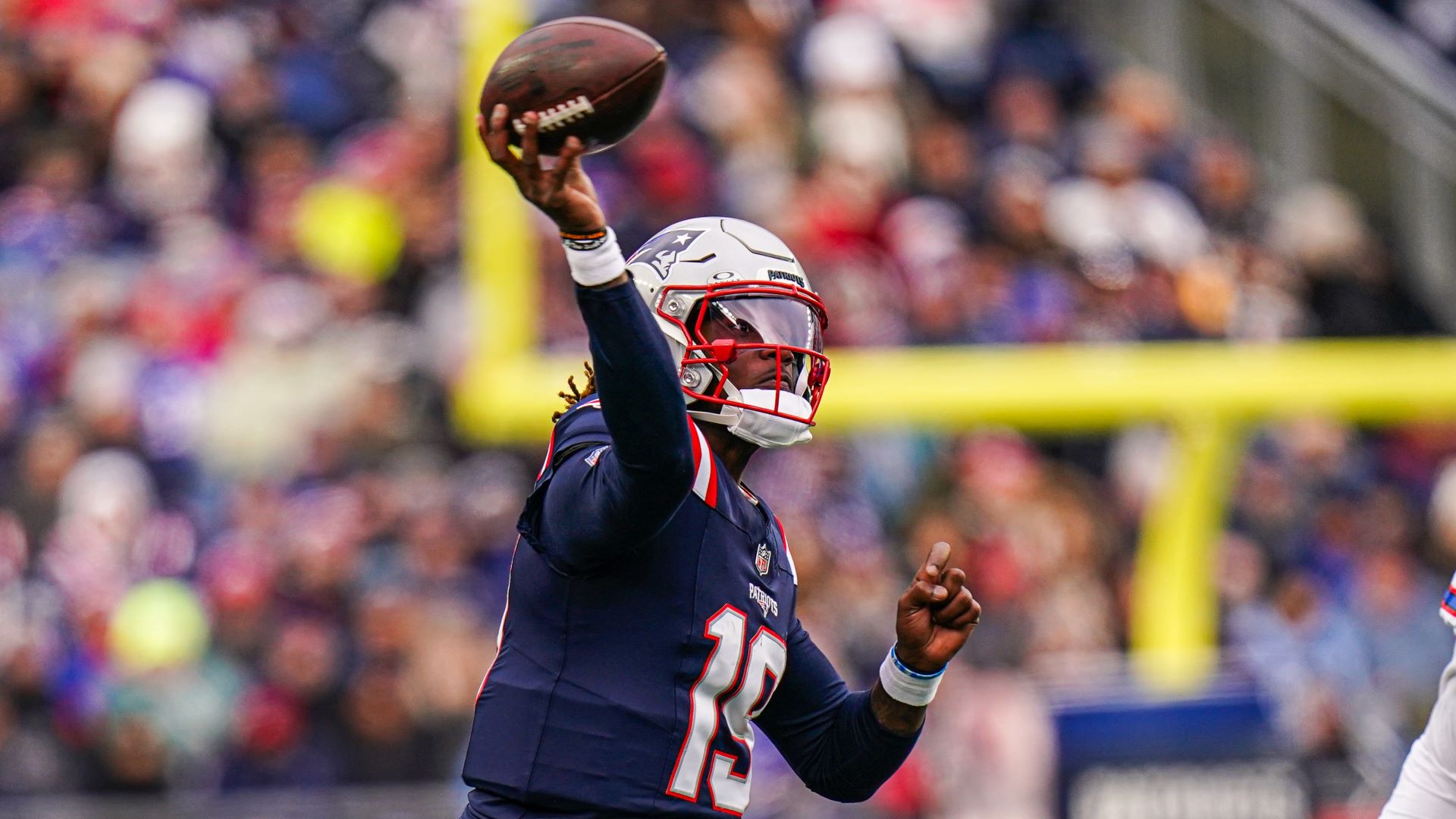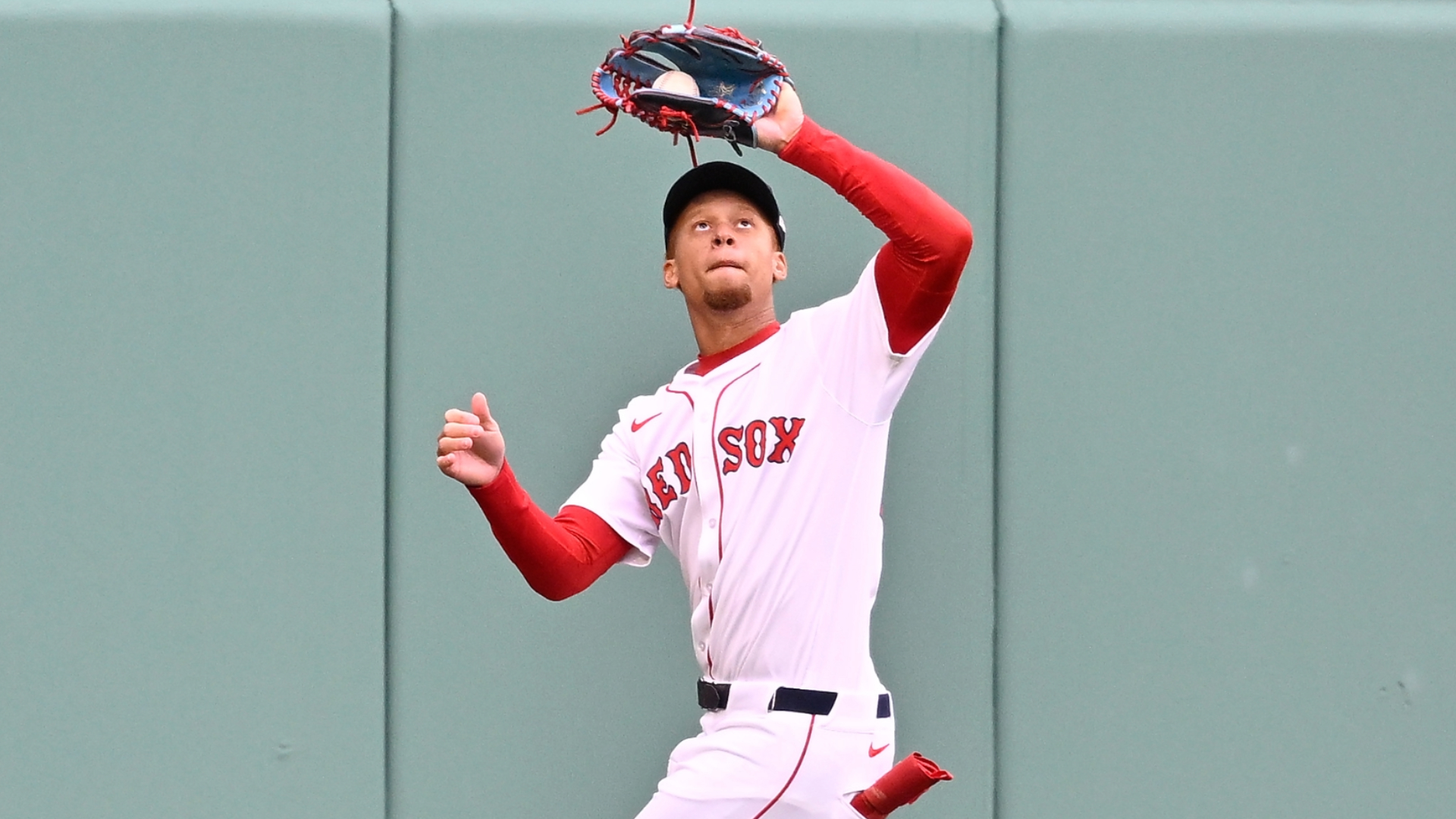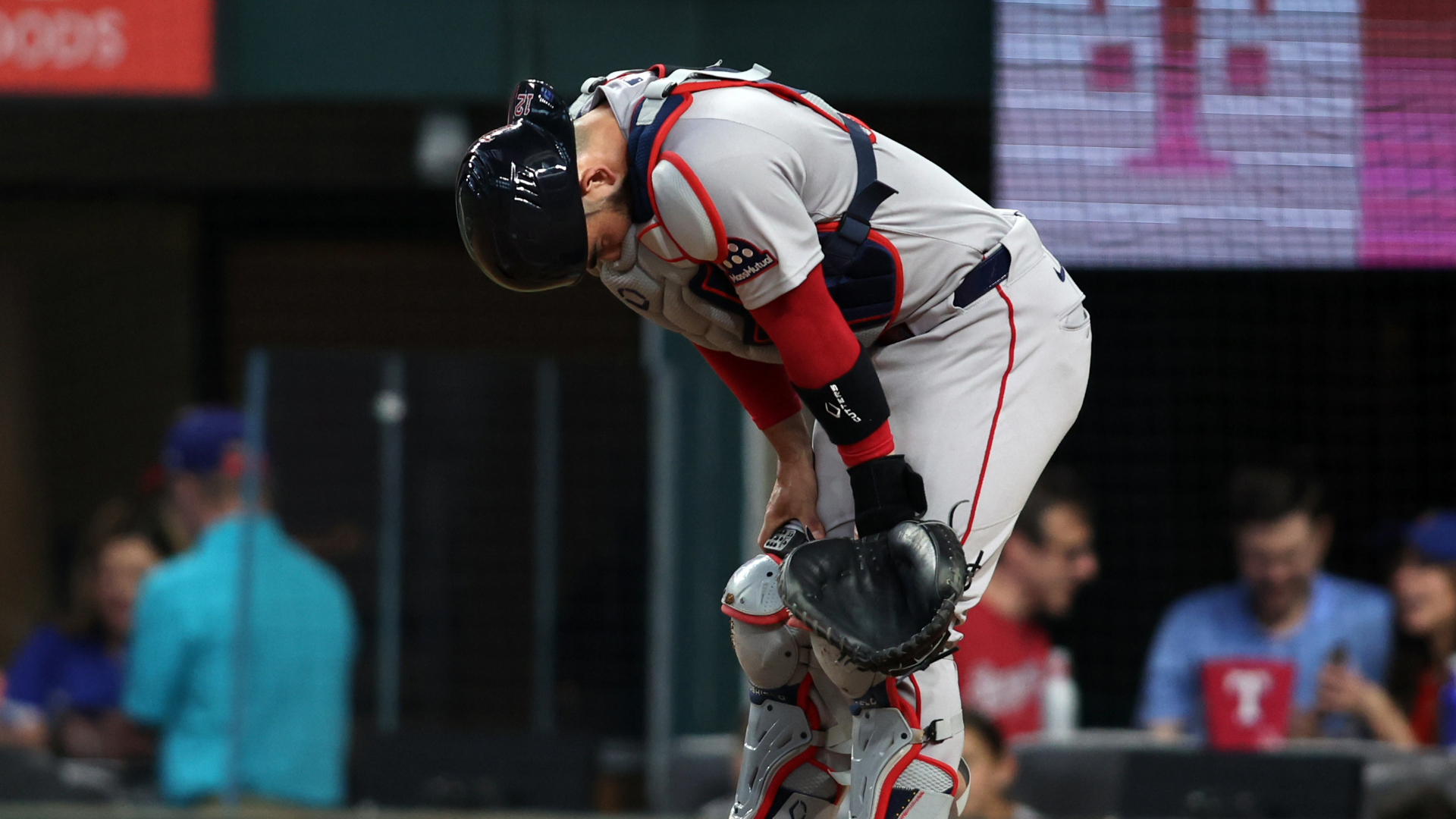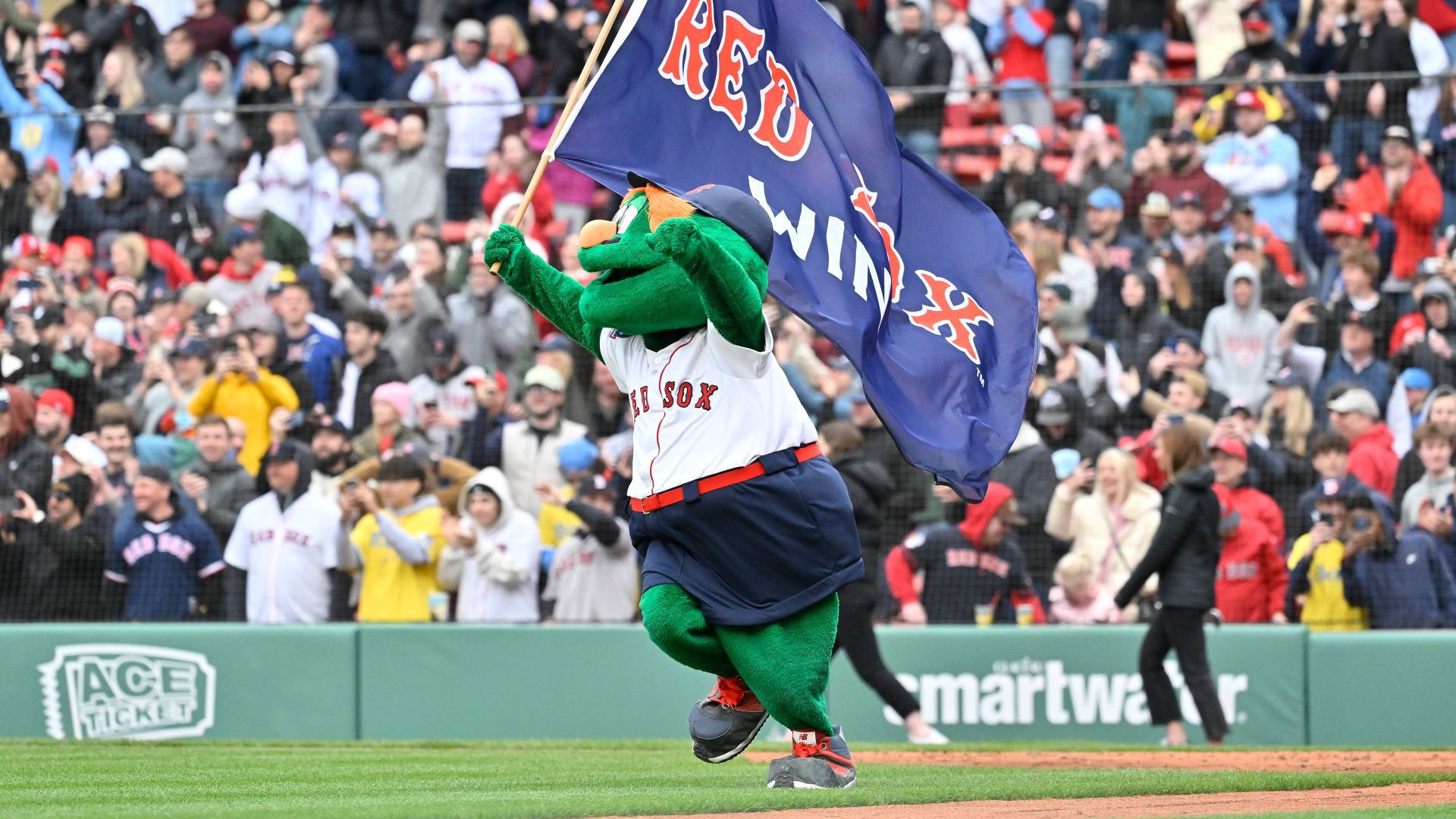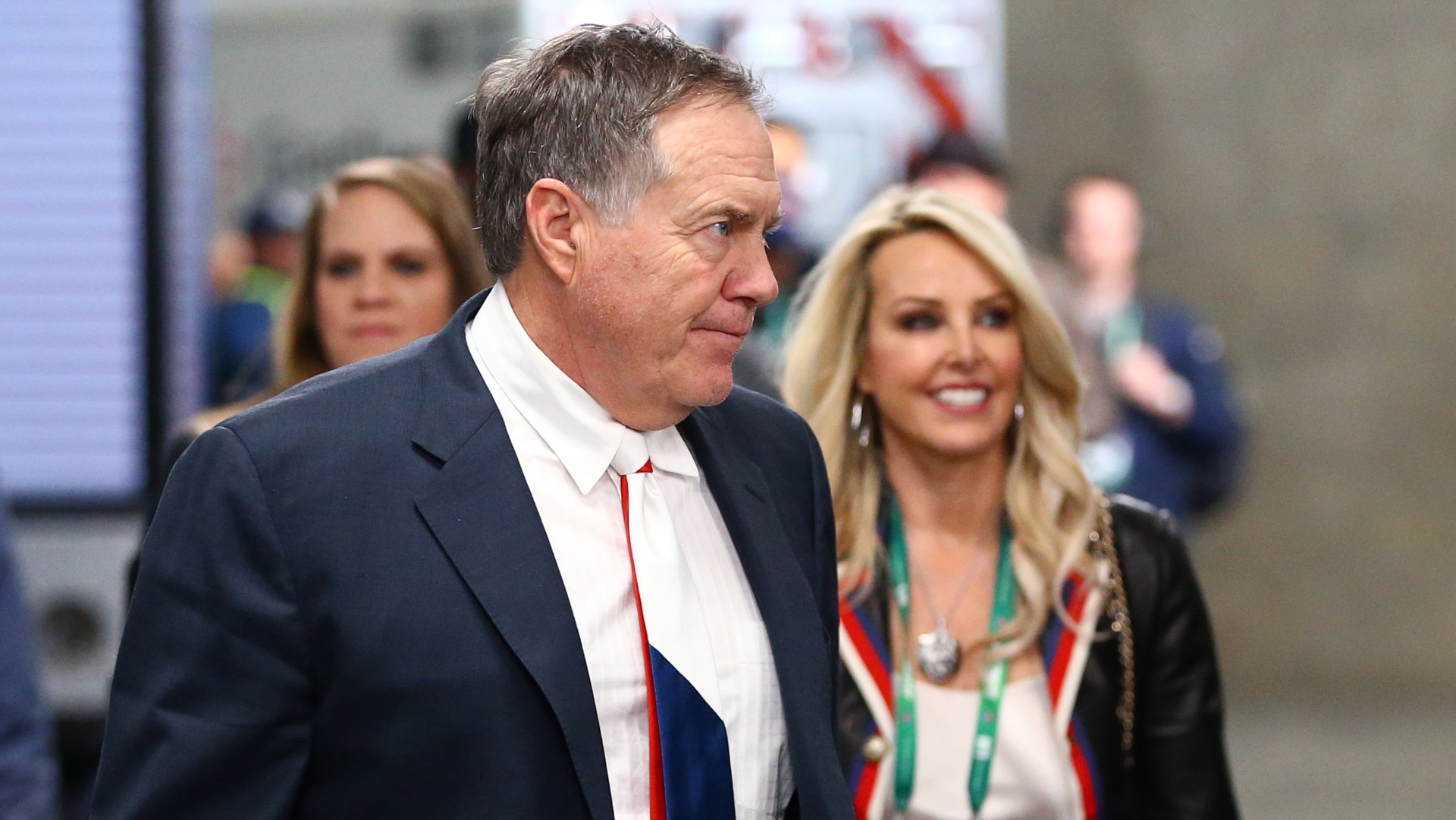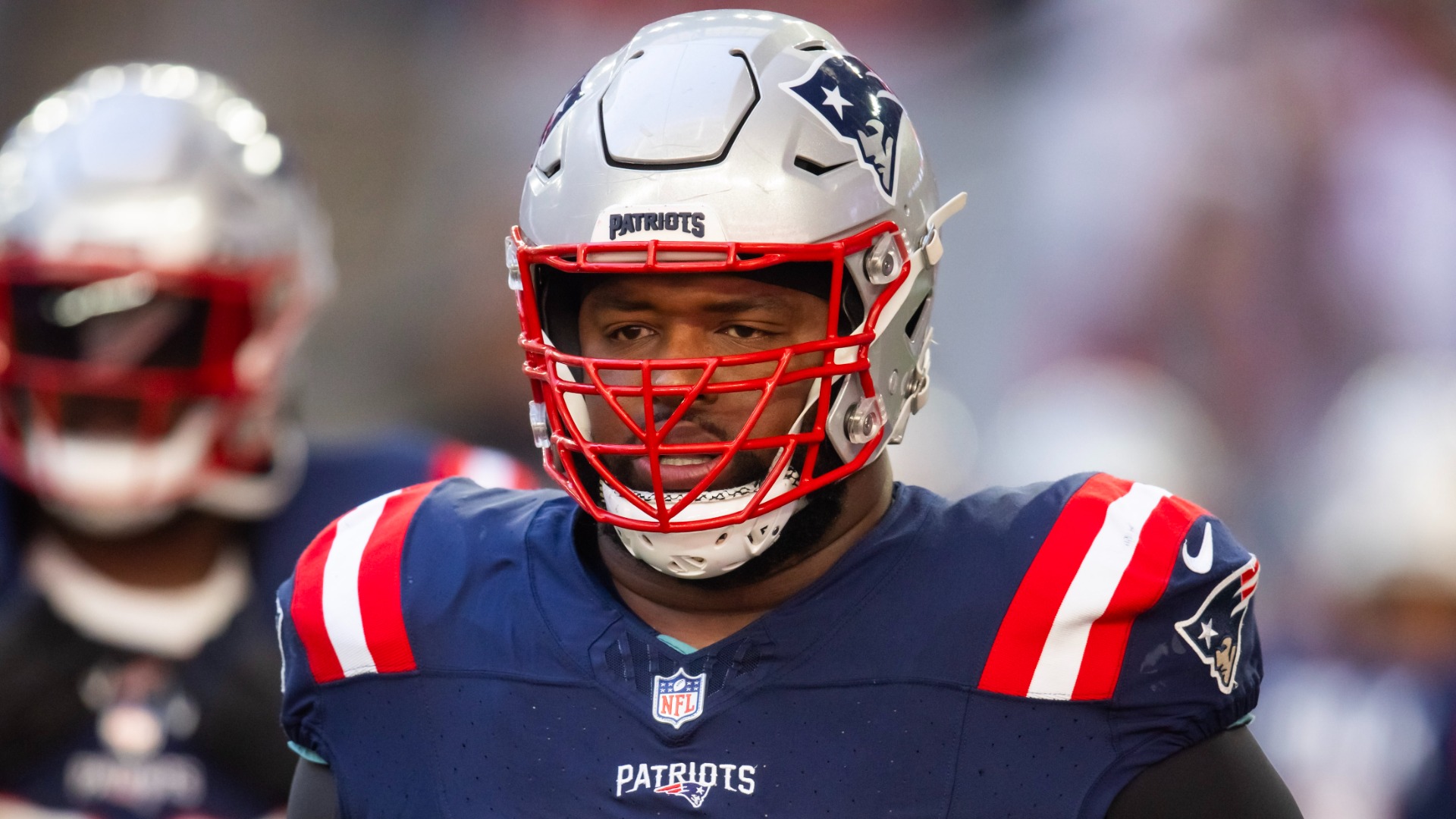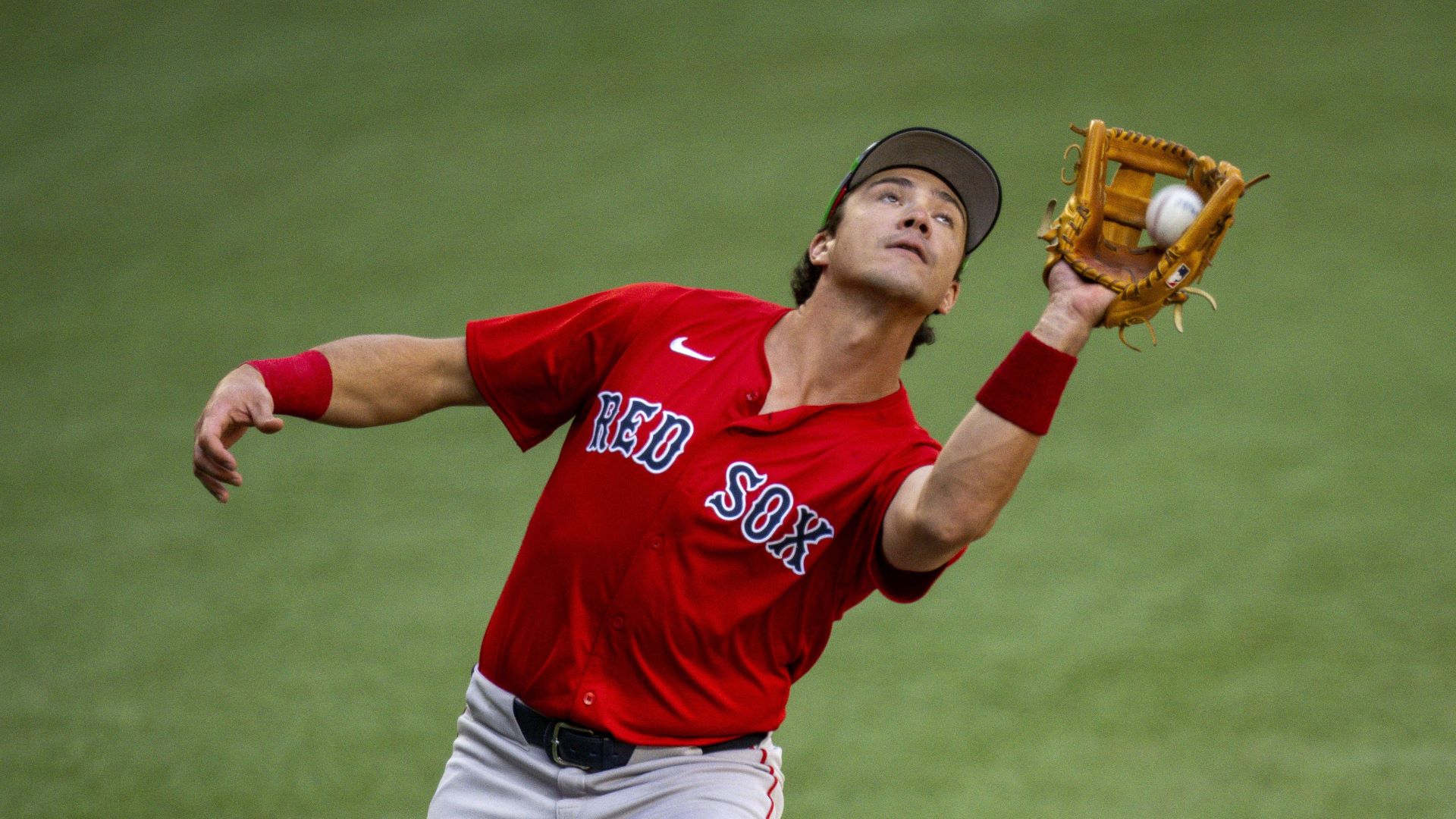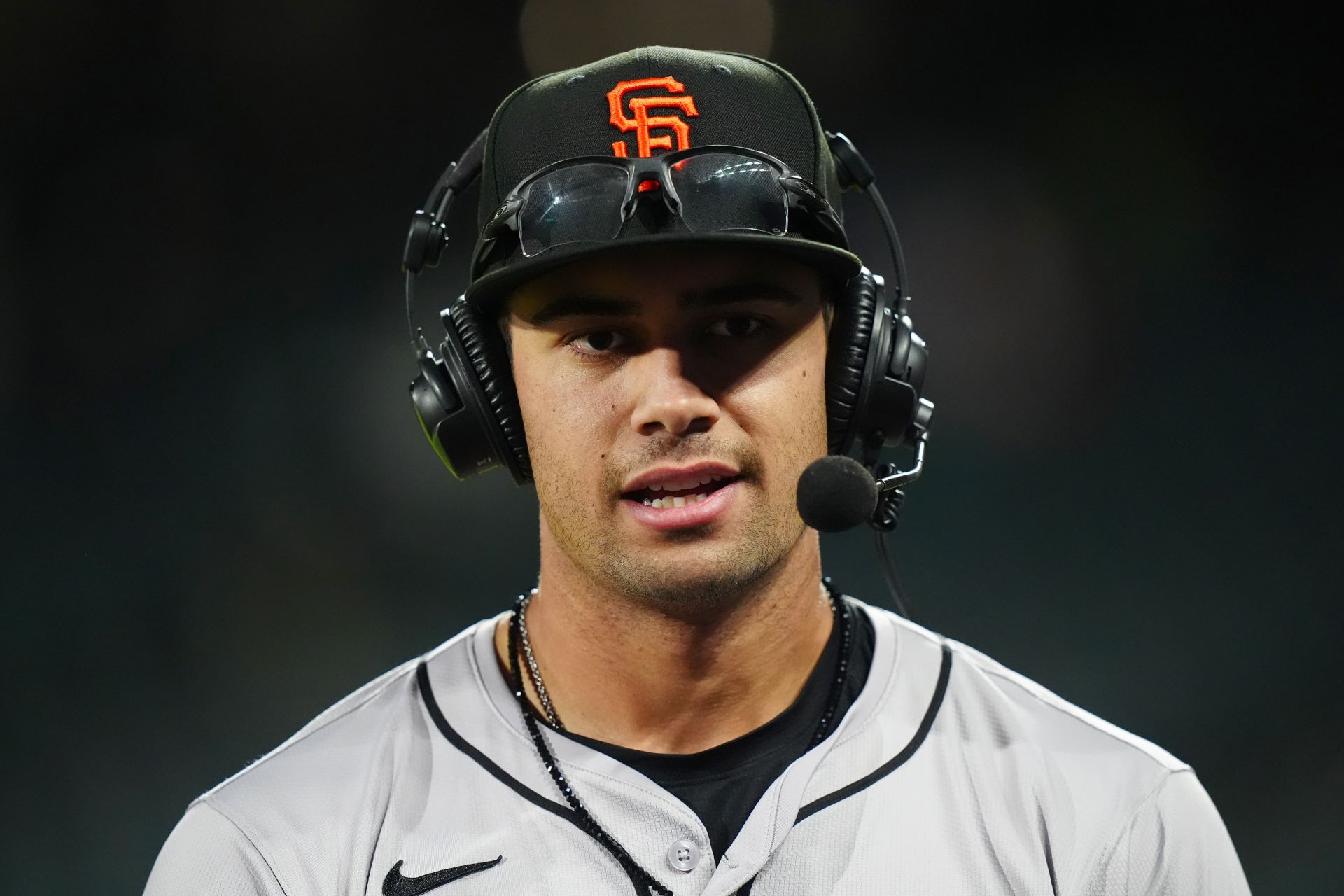Modern baseball fans are used to looking up their favorite players on databases like Baseball Reference or FanGraphs, but that tends to leave out the historical figures of the games.
MLB made strong efforts in recent years to highlight the legends of the Negro baseball leagues. One name Boston sports fans should be aware of is Bill “Cannonball” Jackman. The pitcher made his Negro baseball league debut in 1925 and played for multiple teams.
Jackman built his reputation while playing for the Philadelphia Giants, which despite the name, was based out of Boston. It’s how the flamethrower garnered praise from the mainstream white press of New England.
“I want to live in New England, Jackman said in 1938 while recovering from a broken ankle, per Dick Thompson in the 27th edition of “The National Pastime: A Review Of Baseball History.” “People from all over have treated me great and don’t think I don’t appreciate such things.”
Now, you might be wondering where the nickname “Cannonball” came from. Jackman was renowned for his fastball, but he offered more context about his pitching style.
Story continues below advertisement
“Nope, I haven’t got any extra speed now. That name was given to me when I used to pitch overhand,” Jackman told a reporter in 1938. “My arms were long and I had plenty of leverage to get the ball away fast. The reason I changed to underhand is because I developed a soreness in my arm. I tried out several ways of pitching and found out that when I threw them underhand it didn’t hurt my arm at all. Then when it became well again I never changed back to the old style because the batters told me it was harder to hit the underhand ball than it was the one I threw overhand.”
Much of Jackman’s statistical record is difficult to track. Dick Thompson of the Society for American Baseball Research helped chart 25% of his career in 2007. Jackson amassed a 200-86 record, including a 22-3 record against major league pitchers, and he hurled 48 shutouts.
Jackman became a must-watch player for Mass. locals when he toured with the Giants. Some of his legendary moments included a 16-strikeout effort in Quincy, Mass., in 1927. Philly drew large crowds in New Bedford, Mass., and the duo of Jackman and his battery mate Burlin White caused the teams they were on to receive invites across New England.
“It is common knowledge that, were Jackman white instead of Black, he would be in the big show,” the Quincy Patriot Ledger reported in 1927, per Thompson.
Story continues below advertisement
The Boston Globe’s Jerry Nason was one of many baseball writers who campaigned to get Jackman into the Baseball Hall of Fame. The late columnist “never completed a column about Bill without declaring him the equal of Satchel Page.”
This was what Nason wrote of Jackman in the early 1970s:
Kids are not born with prejudice, adults show them the techniques. You remember the school teacher who had a hell of a tough time trying to explain to you why “Cannonball” couldn’t pitch in the big league games in Boston. It was a nice try, but it didn’t work.
Jackman last played for the Boston Royal Giants in 1942 and died at 74 years old in 1972 in Marion, Mass. Places like the Boston Sports Museum have done well to keep his legacy alive, and for Black History Month and beyond, he should be a name all Boston sports fans should be aware of.
Story continues below advertisement
Featured image via CRYSTAL VANDER WEIT/TCPALM / USA TODAY NETWORK via Imagn Images


